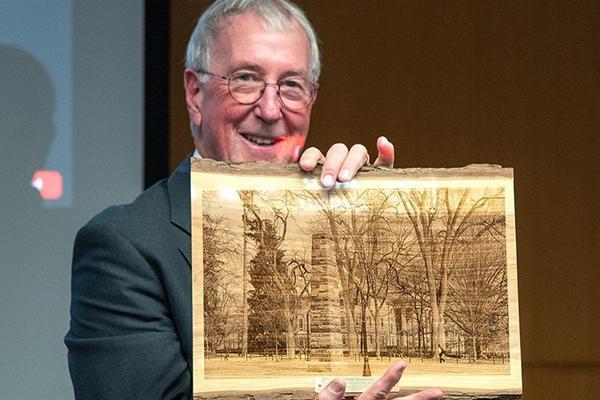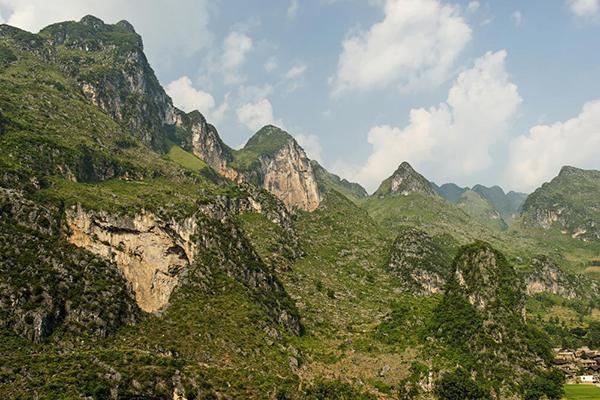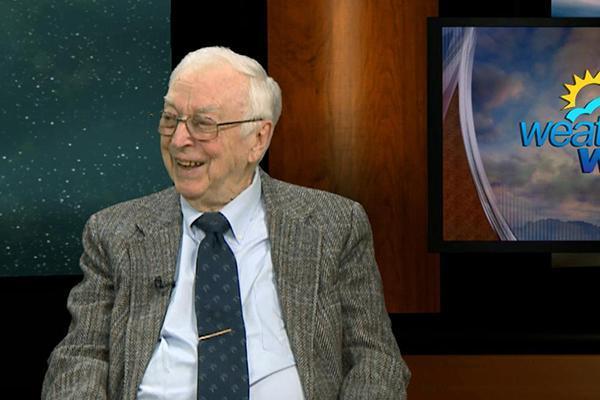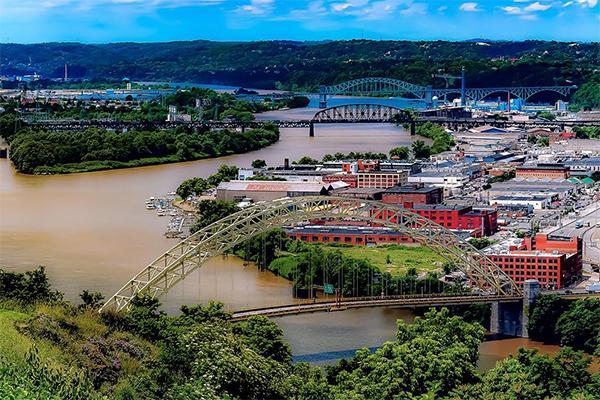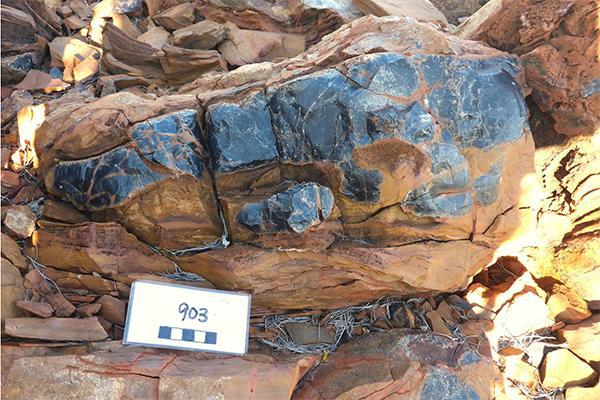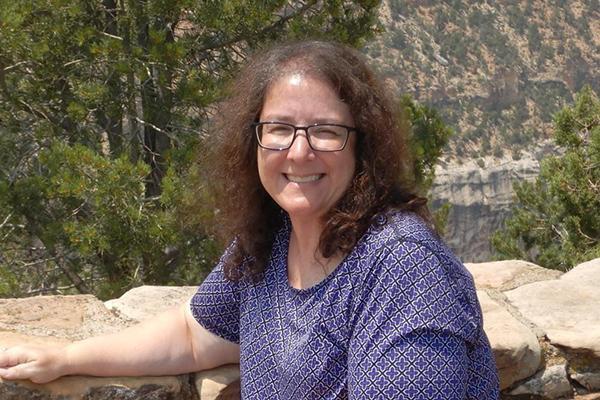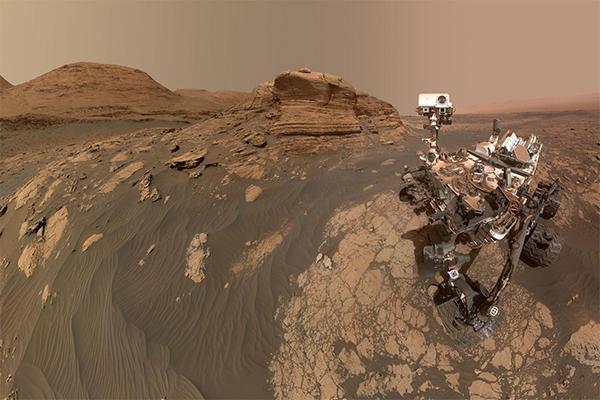As part of the process of establishing a university-wide program in sustainability, Lee Kump, John Leone Dean in the College of Earth and Mineral Sciences, and Lara Fowler, chief sustainability officer and director of Penn State Sustainability, will be hosting two virtual discussions for interested faculty to learn more about the opportunity.
Penn State will host the 2024 Climate Solutions Symposium on May 14 and 15 at The Penn Stater Hotel and Conference Center.
With an extensive background in mineralogy, geochemistry and the geosciences, Penn State Professor of Geosciences Peter Heaney can teach to a range of knowledge and experience levels.
Penn State's College of Earth and Mineral Sciences and the Department of Geography recently hosted a celebration to honor William Easterling’s legacy of leadership to the University.
Coral reefs, among the most diverse and valuable ecosystems on Earth, are under threat due to the changing climate.
The College of Earth and Mineral Sciences and the Penn State community mourn the loss of Charles L. Hosler, for whom the Hosler Building on the University Park campus and the Hosler Oak at the Penn State Arboretum are named. Hosler died on Sunday, Oct. 29. He was 99 years old.
Existing fiber optic cables used for high-speed internet and telecommunications, in combination with machine learning, may be able to help scientists track ground hazards in Pittsburgh. Tieyuan Zhu is leading an NSF $937,000 grant to further develop the low-cost monitoring approach.
Microfossils from Western Australia may capture a jump in the complexity of life that coincided with the rise of oxygen in Earth’s atmosphere and oceans, according to an international team of scientists.
Laura Guertin, distinguished professor of Earth sciences at Penn State Bradywine, will give the College of Earth and Mineral Sciences’ 2023 Lattman Visiting Scholar of Science and Society Lecture.
New analysis of data from the Curiosity rover reveals that much of the craters on Mars today could have once been habitable rivers.





